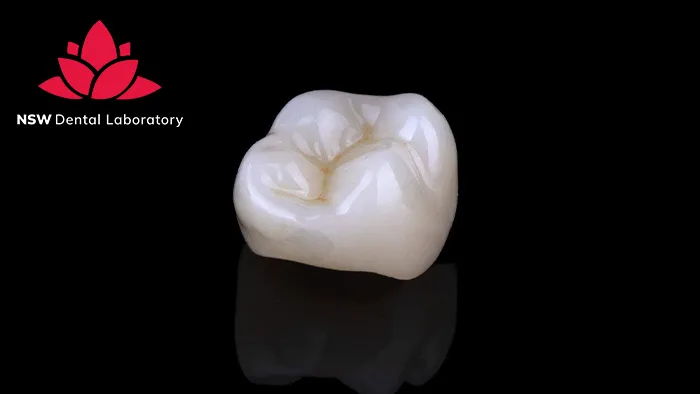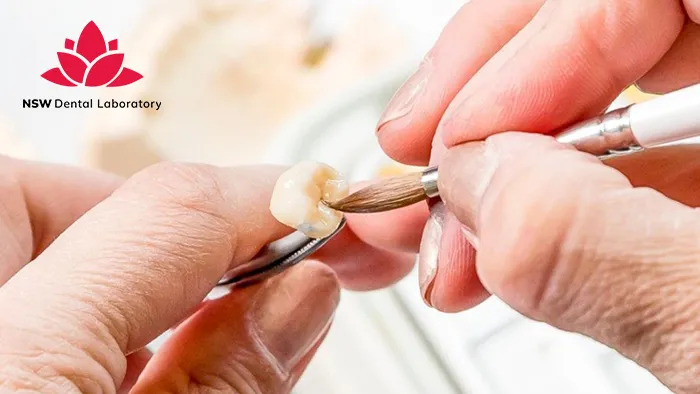Dental Implant Bridges: The Ultimate Solution For Missing Teeth
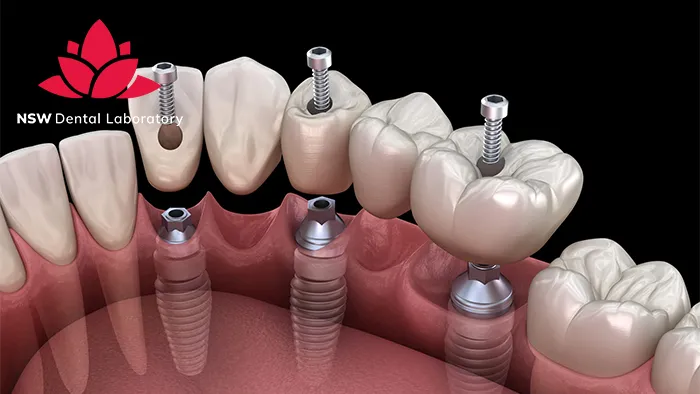
Tooth loss can lead to more serious issues than just an unsightly gap in your smile. It can also affect your ability to eat and speak properly and cause the remaining teeth to shift into the space, resulting in facial deformities. Dental implant bridges are recognized as one of the most common and reliable dental care solutions for addressing the loss of one or multiple teeth. They offer an ideal treatment option for individuals seeking a long-term and stable solution. In this article, we will explore the benefits, treatment process, and various types of dental implant bridges to provide you with a clearer understanding of this optimal method.
-
What Are Dental Implant Bridges?
Dental implant bridges are a tooth replacement solution that consists of custom-designed dental bridges attached to dental implants. These implants function as artificial tooth roots that are surgically placed and securely anchored into the jawbone. Through a process called osseointegration, which typically takes 3 to 6 months, the implants fuse with the jawbone to create a stable, long-lasting, and natural-looking foundation.
Dental implant bridges are particularly suitable for patients missing three or more adjacent teeth, especially when the surrounding teeth are not strong enough to support a traditional bridge. In such cases, implants help to evenly distribute the bite force across the entire bridge, thereby enhancing chewing efficiency and promoting better overall oral health.
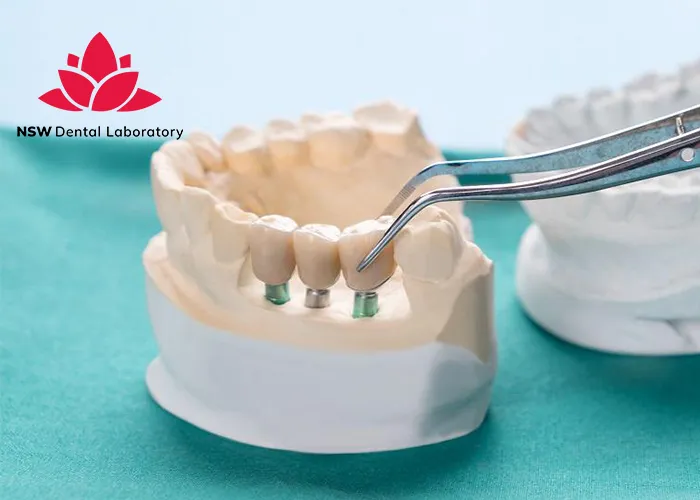
-
Benefits Of Dental Implant Bridges
- Preservation of natural tooth structure: Unlike traditional dental bridges, which require the reduction of healthy adjacent teeth to serve as support for the bridge, dental implant bridges use two or more dental implants anchored into the jawbone to hold the replacement teeth in place. This approach helps preserve the integrity of healthy, natural teeth.
- Preservation of jawbone: Implants anchored into the jawbone function as artificial tooth roots, stimulating the bone and helping maintain its natural shape. This prevents the bone loss that commonly occurs after tooth loss.
- Prevention of tooth shifting: Additionally, implants help prevent the surrounding teeth from shifting into the space, which can lead to changes in facial structure and aesthetics.
- Stable solution: The integration of dental implants into the jawbone provides superior stability, allowing patients to eat and speak naturally without the concern of the bridge slipping out of place.
- Natural-looking appearance: dental implant bridges look and act just like natural teeth. The false teeth (crowns) are carefully designed to match the color, shape, and alignment of the surrounding teeth, blending in seamlessly.
- A long-lasting: Dental Implants fabricated from high-quality materials and meticulously designed are intended to last a lifetime with proper care, without the need for replacement surgery.
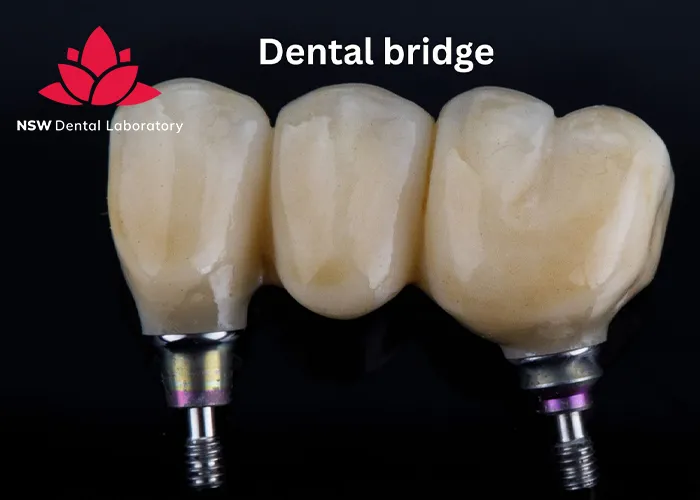
-
Types Of Dental Implant Bridges
There are various Dental Implant Bridges, including:
- Fixed Dental Implant Bridges: A type of bridge that’s permanently attached to dental implants. It cannot be removed by the patient and is designed to function and feel like natural teeth.
- Removable Dental Implant Bridges: This type of dental bridge is designed to be removed by the patient for cleaning and maintenance. It’s attached to the implants with connectors that can be easily unscrewed.
- Full arch Dental Implant Bridges: This type of bridge is used to replace an entire arch of missing teeth in the upper and lower jaw. It’s anchored to several dental implants and is a good option for patients who have lost most or all of their teeth in one arch.
- Partial Arch Dental Implant Bridges: A dental bridge is used to replace several teeth in a row. It’s anchored to two or more dental implants and can be used to replace a small section of lost teeth.
- Hybrid Dental Implant Bridges: Combines the benefits of a fixed and removable bridge. It’s designed to be permanently attached to the implants but can be removed by the dentist for maintenance and cleaning.

-
Treatment Process of Dental Implant Bridges
The treatment process for the Dental implant bridges involves multiple steps and can take several months to complete. The timeline may vary depending on the number of teeth being replaced, the amount of available bone, and the number of implants required to support the bridge. However, the general treatment procedure typically includes the following key stages:
Initial Evaluation: The treatment process begins with a comprehensive assessment of your oral health, including an evaluation of bone density, overall health, and oral hygiene. This step is essential for determining the feasibility of the procedure and identifying the number and placement of implants required. If there are damaged teeth or insufficient bone density, tooth extraction or bone grafting may be performed to ensure adequate jawbone volume for successful implant placement.
Implant Placement: The dental implants are surgically placed into the jawbone. This process typically takes 3 to 6 months for the implants to fully integrate with the bone through osseointegration. During this healing period, a healing cap or temporary restoration may be placed to maintain aesthetics and function. Once the implants have fully integrated, the abutments are attached to prepare for the final restoration.
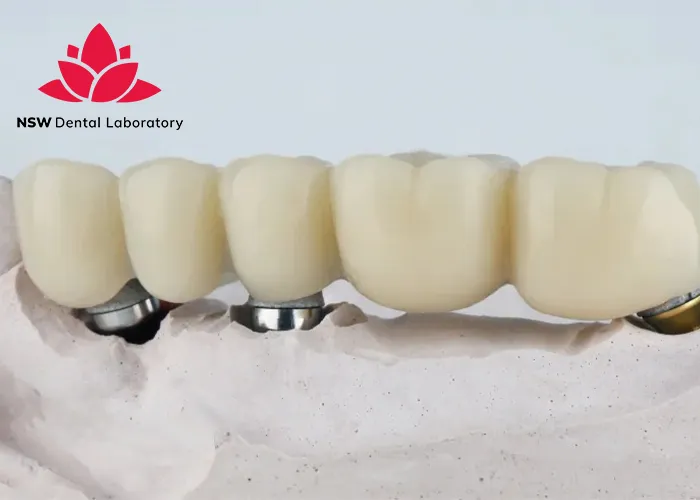
Impression Taking and Bridge Fabrication: Once the implants have fully integrated with the jawbone and the gum tissue around the abutments has healed, dental impressions are taken. These impressions are then sent to the dental laboratory, where a custom bridge is fabricated to precisely match the shape and color of your natural teeth.
Permanent Bridge Placement: Once the permanent bridge is completed, it is securely attached to the abutments. The dentist will make necessary adjustments to ensure a precise fit and proper bite alignment. Finally, the patient will be given instructions on proper oral hygiene and care, along with a schedule for regular follow-up appointments.
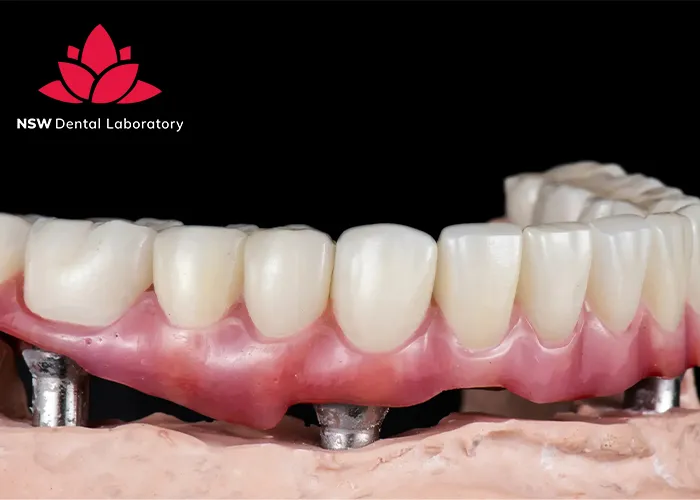
Conclusion
An implant-supported fixed bridge is a more cost-effective solution compared to replacing each missing tooth with individual implants and crowns. However, this option tends to be more expensive than most removable prostheses and traditional dental bridges due to the surgical component of implant placement. The treatment method you choose to replace missing teeth ultimately depends on your oral health condition and financial situation.
The only way to determine whether an implant bridge is right for you is to consult with your dentist. They will evaluate whether you are a suitable candidate for dental implant treatment and provide a personalized treatment plan based on your oral health needs. We hope this article has provided you with useful information to help you make the best decision for your dental care.
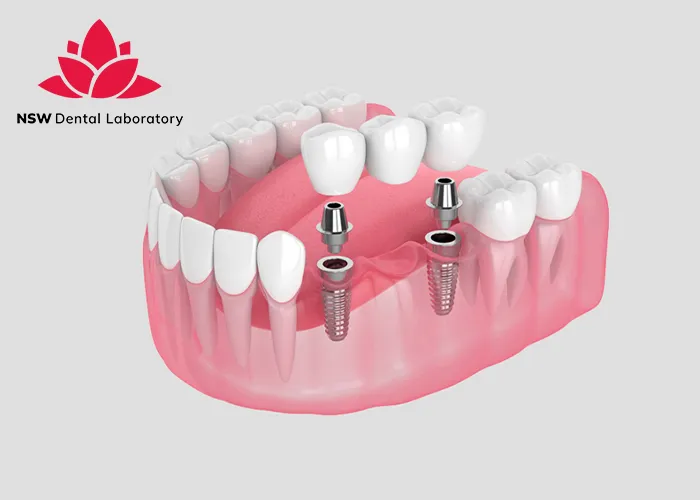
At the same time, NSW Dental Lab takes pride in our experience and team of skilled technicians, who are ready to support and provide you with high-quality dental bridge restorations—including zirconia bridges, E.max bridges, PFZ bridges, and PFM bridges—to contribute to the success of the treatment process of dental implant bridges for both patients and dentists.
Contact our friendly team today for professional support and assistance.

